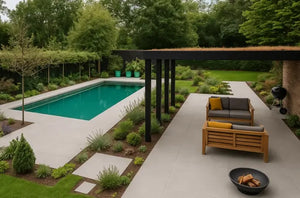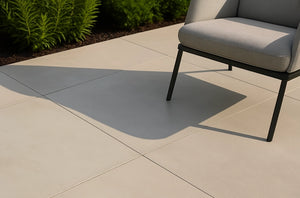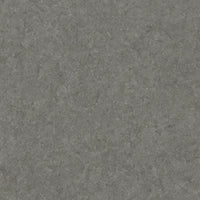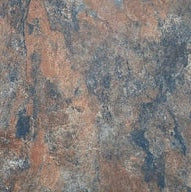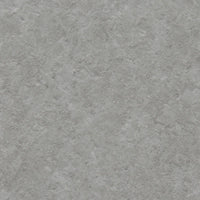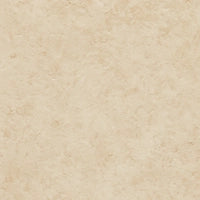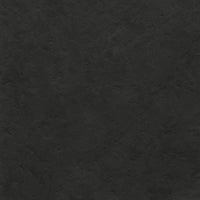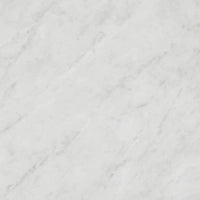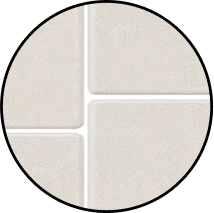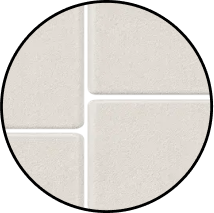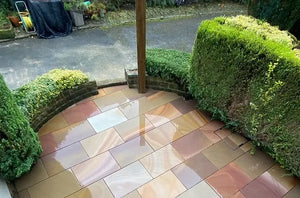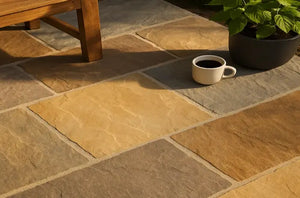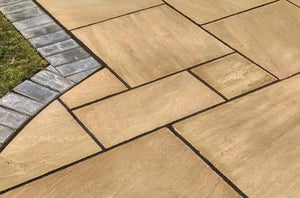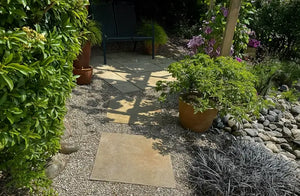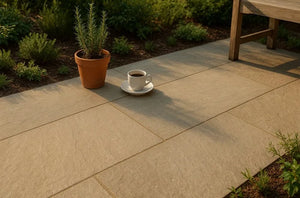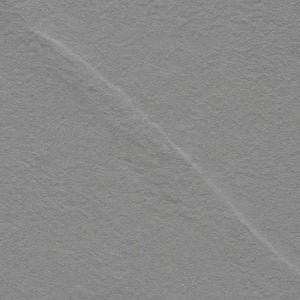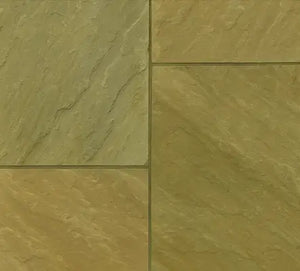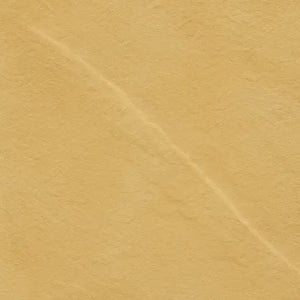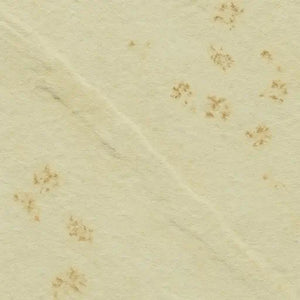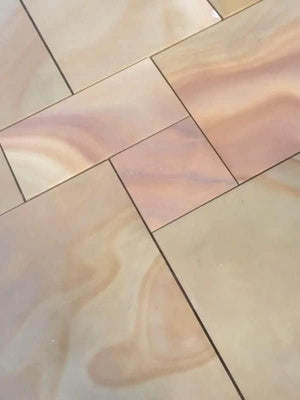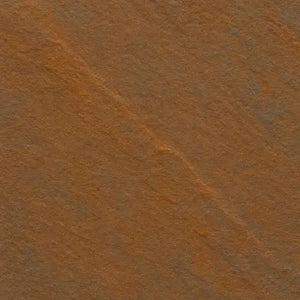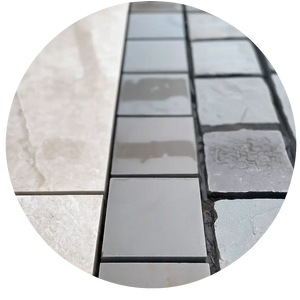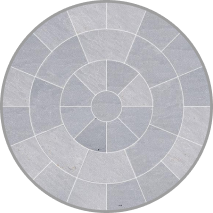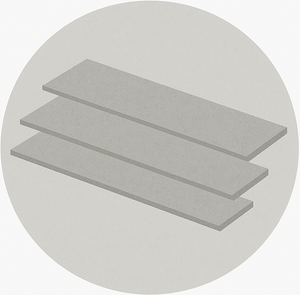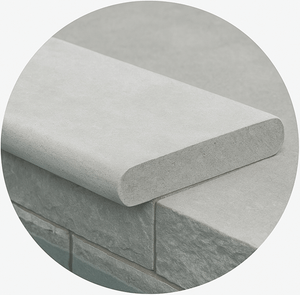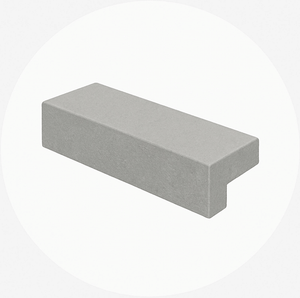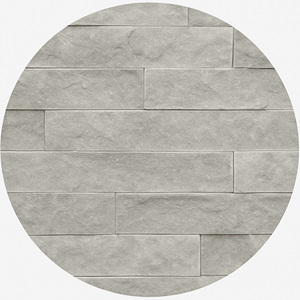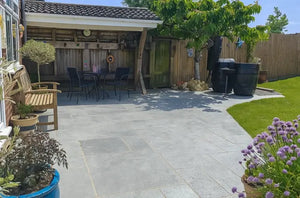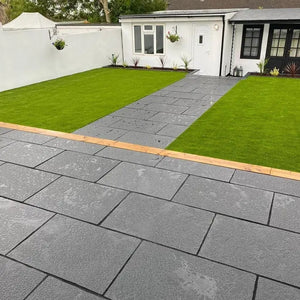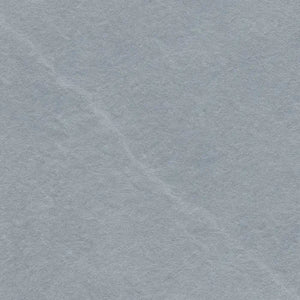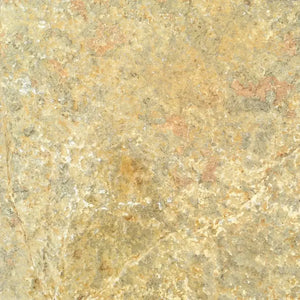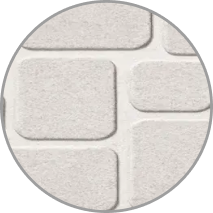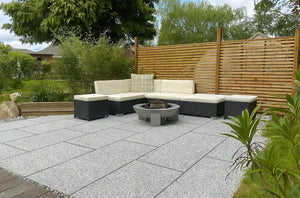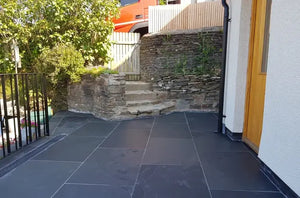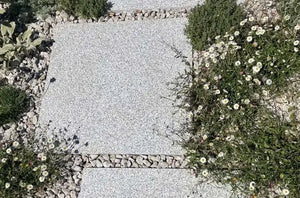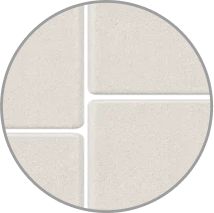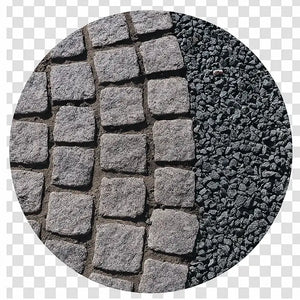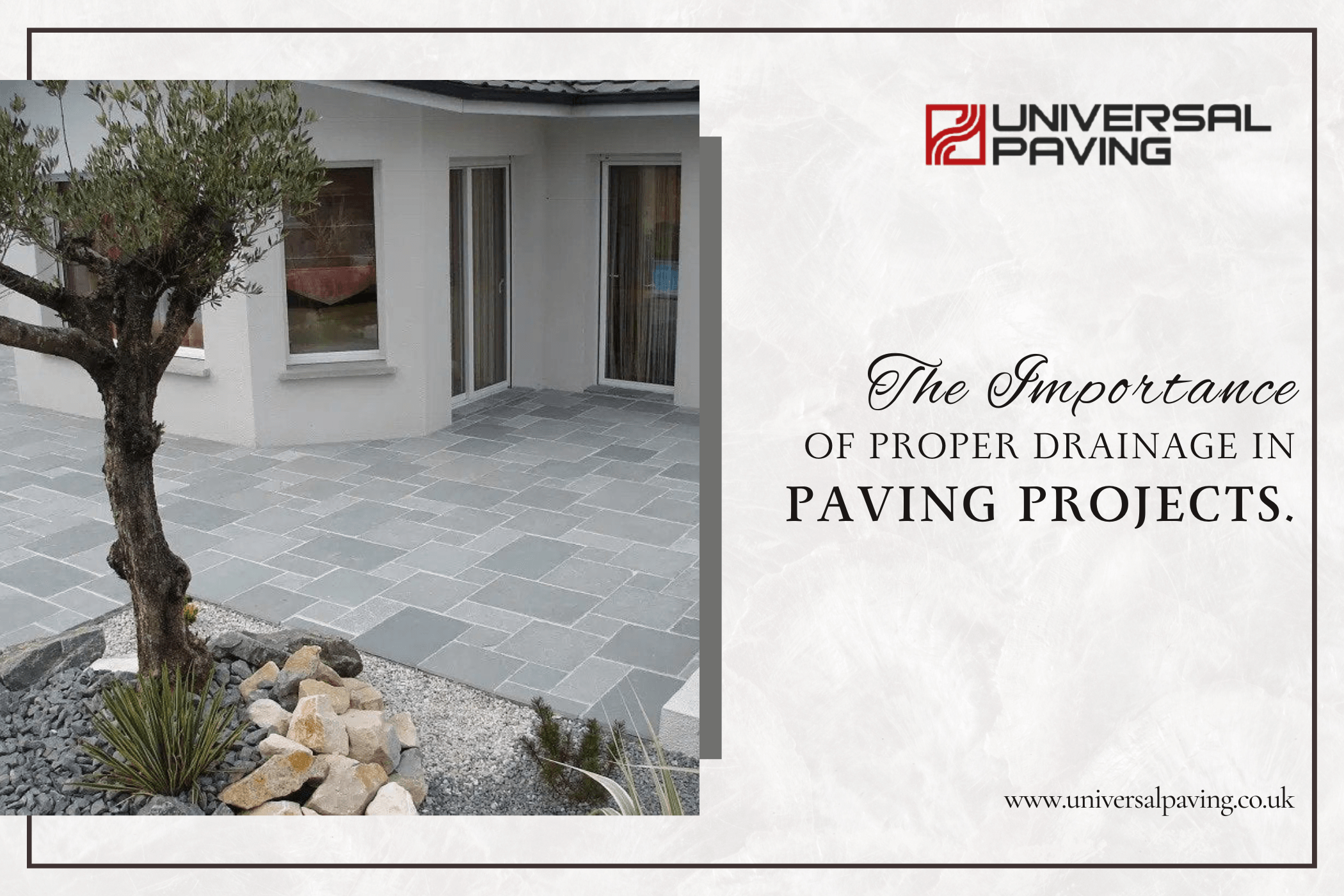
The Importance of Proper Drainage in Paving Projects
The pavement's primary job is to provide a smooth driving and moving experience. The ideal friction level for moving defines a perfect paving surface. However, outdoor paving gives your space excellent functionality, strength, and great visual appeal. Extreme weather events like rain, storms, and the excessive heat can harm the area if it doesn't have proper pavement.
However, despite the high quality of the paving material, pavement often becomes cracked or damaged. The most obvious cause of it might be a subpar drainage system used when paving slabs were installed. It is essential to have a proper drainage system when designing a paving surface.
You must work with a reputable and outstanding company like Universal, which offers paving materials and installation services. They are the best block paving suppliers and offer high-quality slabs like those made of Indian sandstone and limestone to spruce up and fortify your outdoor area. They have a qualified engineering and design team that installs pavement while considering various aspects such as ground levelling, drainage, and material. The most crucial drainage considerations that need to be made when laying slabs will be covered in this article.
Breakage Due to Pore Pressure

To guarantee the longevity of the pavement surface, proper drainage is essential. Any ground level or layer of paving surface that allows moisture to accumulate gradually becomes weaker and more prone to cracking. Some soil particles expand when exposed to moisture, which can harm the topmost layer, the paving surface.
Subsurface Drainage

Runoff, underground water, and rainfall are the most frequent sources of moisture. The underground moisture is eliminated by subsurface drainage systems, allowing for the properly installing the paving. To prevent cracks in the paving slab, subsurface drainage is crucial.
Surface Drainage System

The top of the pavement is drained of water using a surface drainage system, and it keeps the paving dry and secure by preventing water from penetrating it. The paving made of Raj blends of Indian sandstone is very hard and non-slip. This non-porous sandstone slab makes the ideal paving surface for an outdoor area because it prevents water from entering. It has excellent aesthetic appeal aside from this property.
Also, Read: What Makes Indian Natural Stone Slab Best for Paving?
Proper Sloping

A properly sloped paving surface is essential. Thanks to a good slope, water cannot build up and become absorbed in the paving surfaces. Many paving materials generally have porous surfaces, which allow water to seep in and cause slabs to crack and break. Indian sandstone paving slabs are made from naturally occurring stone and have a poreless surface, and water cannot build up and harm the slab on the smooth but non-slip surface.
Minimizing the Gap Between Pavement Slabs

You can decrease water penetration in pavement by reducing the space between two adjacent slabs. Surfaces that are generally permeable absorb the water and allow clogs to develop. It causes the layers of paving surfaces to be stripped away, and these slabs are more vulnerable to deterioration and cracking.
A good drainage system is crucial for the paving area to last longer. A poorly managed drainage system harms the entire pavement, whether in your outdoor space, garden area, patio, or on the roads.
Indian sandstone slabs are the best material for adding beauty and strength to your paving surface. The most well-known slabs are kandla grey, Raj Green Indian sandstone, raj blend, Camel dust, and Fossil mint. All of these are available in a wide variety of colours and patterns. Because of their natural occurrence, they are formed by extreme temperature and pressure conditions, making these slabs hard and extremely durable.
At Universal Paving, you can look through various paving materials in Indian sandstone slabs. Get these long-lasting and visually appealing paving materials in various colours, sizes, and styles.

